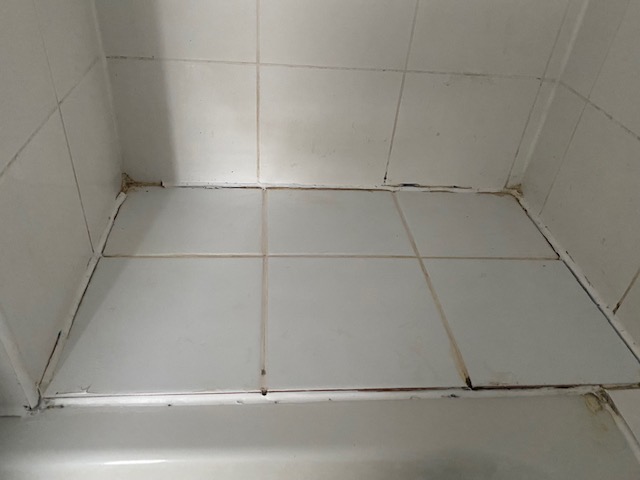
15 tips to avoid dampness in your home
Last week I wrote about the causes and effects of dampness in the home. This week I am going to offer 15 tips about what householders can do about this problem, said Midlands green energy expert Ron Fox.
1 Try to maintain a constant temperature in rooms where the heating is turned off over the winter months. They are then less prone to damp problems. Residents may need to ventilate more, or turn the heating on from time to time.
2 Having an energy-efficient and well-serviced boiler is an excellent starting point to keep the home dry and comfortable.
3 Check pipes, drains and guttering to make sure that they aren’t blocked which could lead to leaks and dampness.
4 Ensure any washing machines and tumble driers are externally vented. Otherwise, they will bring moisture into the home every time they are switched on.
5 Check the roof for missing tiles. Use binoculars if you don’t fancy climbing up ladders.
6 Look in the loft to check there are no leaks. While there, check the insulation is dry. If it is incorrectly installed, it can lead to damp.
7 Think about lagging pipes to prevent them from freezing in cold weather. Unlagged pipes are also more likely to attract condensation, which can lead to drips and damp.
8 Check around fireplaces for dampness. High levels of salts from burning fuel can make fireplaces particularly vulnerable to damp.
9 Close doors when having a bath or shower – and keep them closed afterwards, until the moisture in the air has been removed by opening the window or using an extractor fan. Remember ventilation is an essential part in dealing with damp.
10 Shut kitchen doors when cooking and washing. The steam that comes from pots and pans can contribute to damp problems, so put lids on them while cooking which will also help to be more fuel efficient too. Again, consider fitting ventilation.
11 Wipe condensation from windows as soon as it appears. This will help minimise the risk of black mould.
12 Check the walls by feeling whether there’s any damp. If there is treat the problem as soon as possible.
13 Make sure air can circulate freely around the home and avoid putting furniture directly against the wall. Leave an air gap.
14 Avoid blocking wall vents, and keep any window vents open.
15 Check around the window frames to see if there’s any damp. If there’s no rot but there’s still damp, it could be because mortar has fallen down the gap between the window frame and the wall.
“Act now in the autumn to help reduce the problems of dampness in the winter and ensure you have a warm and comfortable Christmas,” said Ron, of Noreus Ltd which is based at Keele University’s Science and Innovation Park.
For more advice on green energy, insulation and dealing with damp contact Ron Fox on 01782 756995.
Caption: Hitting the roof – Look in the loft to check there are no leaks and make sure the insulation is dry.




